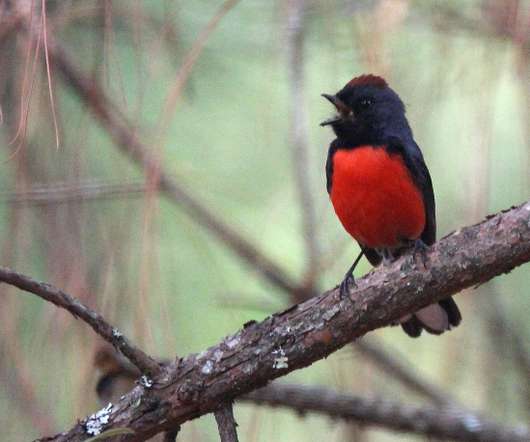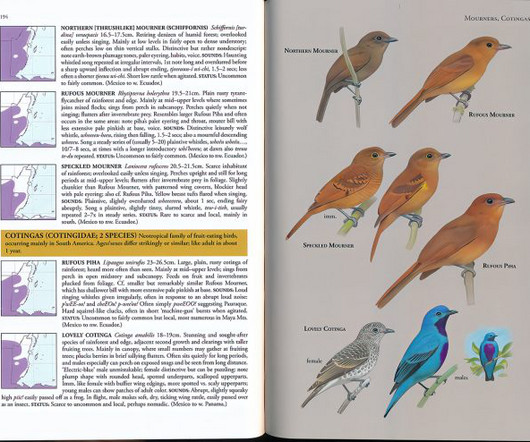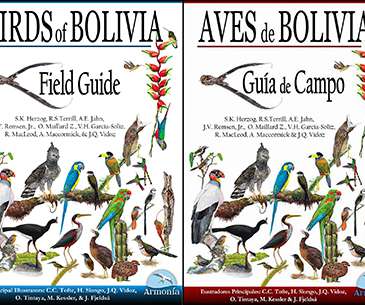Warblers that Warble
10,000 Birds
MAY 20, 2020
But as I started to research this post, I was reminded that I actually live in the center of this Warbler’s range. The Crescent-chested Warbler can be found in somewhat drier pine-oak forests, also from Mexico to Honduras, and it is one Wood Warbler with no warble at all. swee swee-swee-swee-sweeziweet. It does breed in the U.S.












Let's personalize your content